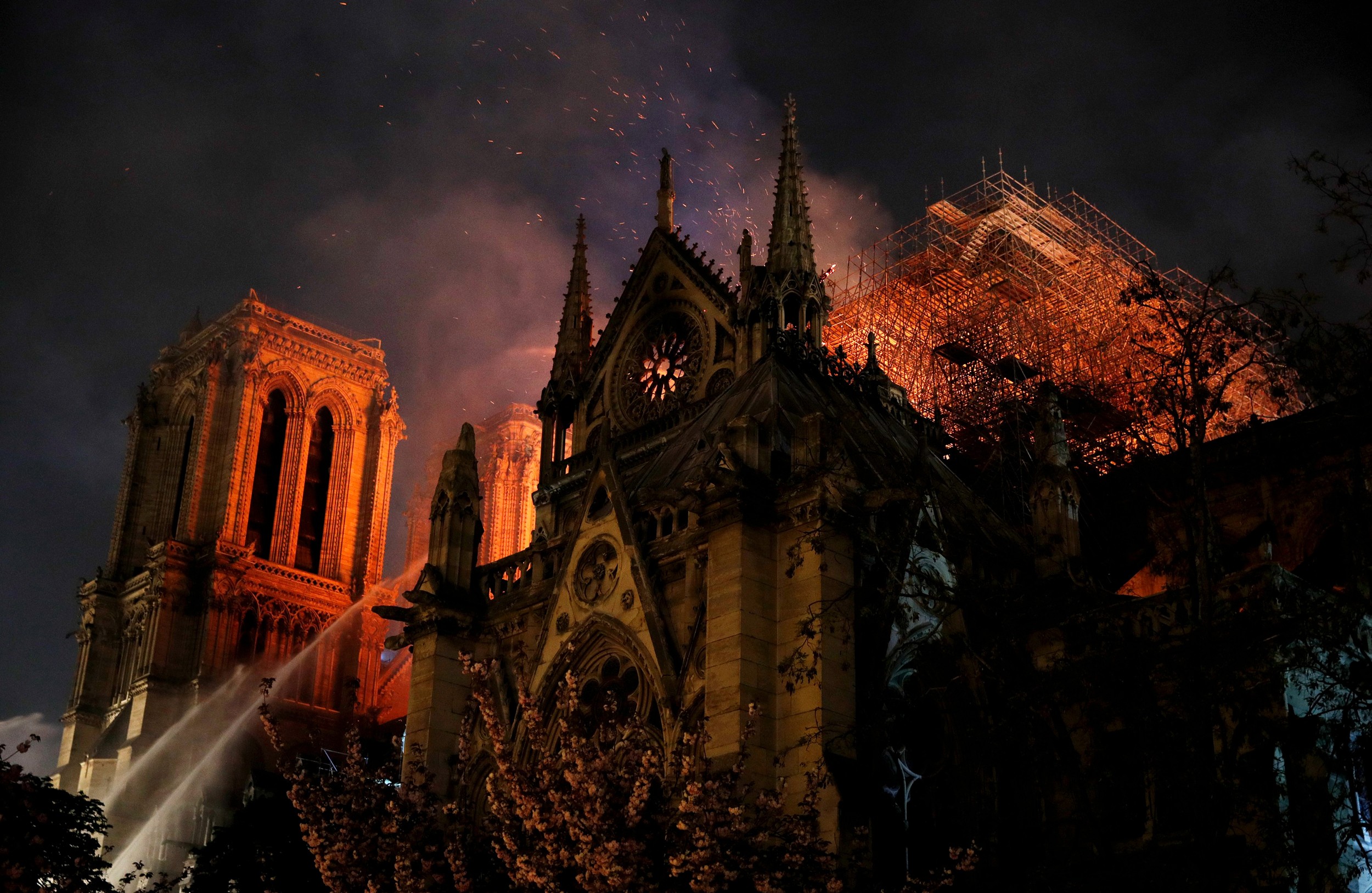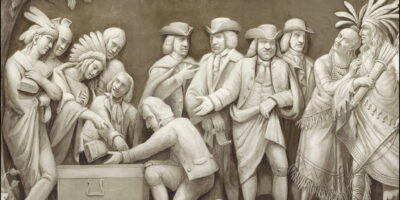Cathedrals, Seen and Unseen
The day that Notre-Dame burned elicited a deep pain across the world, regardless of religion and nationality. We watched helplessly on YouTube as the fire raged for twelve hours, our hopes placed on the 400 firefighters who fought the fire that destroyed two-thirds of the cathedral that took 100 years (and so many generations) to build in the 12th and 13th centuries.
There is no way to assess the full losses, even once the insurance adjusters are finished with their job, because there is no way to replace much of what is gone. The promise to rebuild is encouraging, but we all know the terrible truth: much of the loss is permanent. And it hurts us all deeply, unsettling us emotionally and intellectually with the realization that even that which we believe to be fixtures of culture and life are vulnerable to the exigencies of human error and natural forces.
It seemed impossible that it was happening at all. Notre-Dame withstood upheavals over many centuries, with regimes coming and going, one period of history flowing into the next, its walls and awesome interior proving themselves mercifully impervious to the waves of ideological and cultural change.
It was supposed to stand forever, as an untouchable, indestructible reminder of where we’ve been and, even after all these centuries, still an inspiring look at what is possible. It was and is a monument to the highest achievement of the human mind in the final centuries of the medieval period, both a celebration of God and of the promise of human life on earth, an architectural light that pointed the way out of an era of poverty and sickness into new times of safety, prosperity, and progress. Indeed its seeming permanence seemed to grant to the world permission to experiment; we knew she would always be there as a reminder of truth and a refuge against error.
The interior and exterior were added to over the centuries (the spire that fell yesterday was a 19th-century addition), with layer upon layer of artistic, architectural, and aesthetic advance, becoming over time a physical embodiment and repository of the piety, discipline, and expertise that built civilization itself, one stone at a time. It moves us especially because it is incredibly obvious that such a structure could never be built in a single generation. The vision and the technique to make Notre-Dame possible — for such a monumental achievement even to exist at all — must extend over time and defy mortality itself. Notre-Dame achieved what no single lifetime could achieve.
There is a line Catholics hear from the mouth of the priest on Ash Wednesday: from ashes you came and to ashes you shall return. This applies to individual lives. It was never supposed to apply to this great cathedral.
Just as this great church represented much more than its material properties, so too does this fire suggest the need for a renewed consciousness of the fragility of all the treasures that surround us in our daily lives. We are surrounded by gifts of the ages, smaller cathedrals, from which we are daily beneficiaries. In each of our local communities, we find buildings and objects that instantiate the sacrifices and labors of people we knew and did not know. They worked to build the quality of life we now enjoy, digging a little further out of the state of nature into the safety, prosperity, and progress we all enjoy. We are all spoiled by it. We take it for granted. We all, no exceptions, carry with us a sense of entitlement because of what came before.
The cathedrals around us are both visible and invisible. The visible forms we see in our skylines and cityscapes, from the tallest buildings in mighty urban centers to the manors and plowed lands in the countrysides. The invisible forms consist of the values we hold, the knowledge passed from generation to generation, the mores and habits we inherit from — and are embedded within — our cultures, languages, religious stories, philosophical outlooks, bodies of knowledge from specific disciplines, literature, art, commercial practices, and the creative imagination that grants us a sense that our lives are not pointless but rather driven by a sense of direction and achievement. All of this constitutes the invisible cathedral that we did not create but rather inhabit by virtue of having been born at this place and time.
With the burning of Notre-Dame, the question rings out: what might have been done better to have prevented this catastrophe? The time to ask the same of all the cathedrals around us is now, before we inadvertently set fires that cause irreparable damage. The damage can come in many forms. There is the inactive damage caused by neglect and ignorance, as well as the active form wrought by the arrogance of political ideology that longs to replace what came before with some untested experiment of what could be in the future.
Where is the fire that threatens this invisible cathedral? These days, it comes mainly from politics, and the arrogant ideologies that daily threaten to displace what we know to be true with the products of minds who aspire to rule others through the application of power. These people are daily making outrageous demands that we, for example, shatter established trading relationships, surrender private property, abandon industrial techniques it took centuries to develop, turn our backs on what our parents and theirs knew to be true, ignore the discoveries of science, disregard once-settled postulates concerning the rule of law and human dignity, and assault all that has come before as hopelessly biased and corrupt. They seek to shame us into abandoning common sense and the wisdom of experience in favor of their superior plan. They promise to tear down and rebuild according to a new theory of how we should live. They can destroy with a word, an edict, an order. If we follow them, and if we allow them to prevail, we will observe many more experiences of pained and irrecoverable loss.
It is only a minor solace that the French president went on television to promise to rebuild. Perhaps so. In time. At astonishing expense. With results that will only be a re-creation and not the real thing, at best. The destruction is too overwhelming, too shocking, too inexcusable for us to believe a political leader can somehow put it back together again. He cannot and will not.
What the Notre-Dame fire of 2019 should teach us is that civilization is more fragile than we want to believe. We dare not take it for granted. The fires come when and from a place we least expect, and the damage is often irrecoverable.











